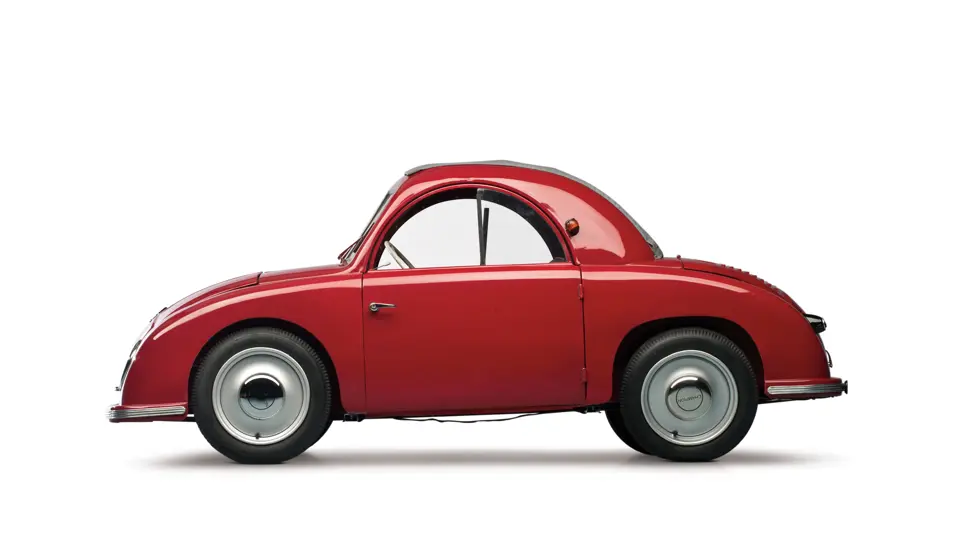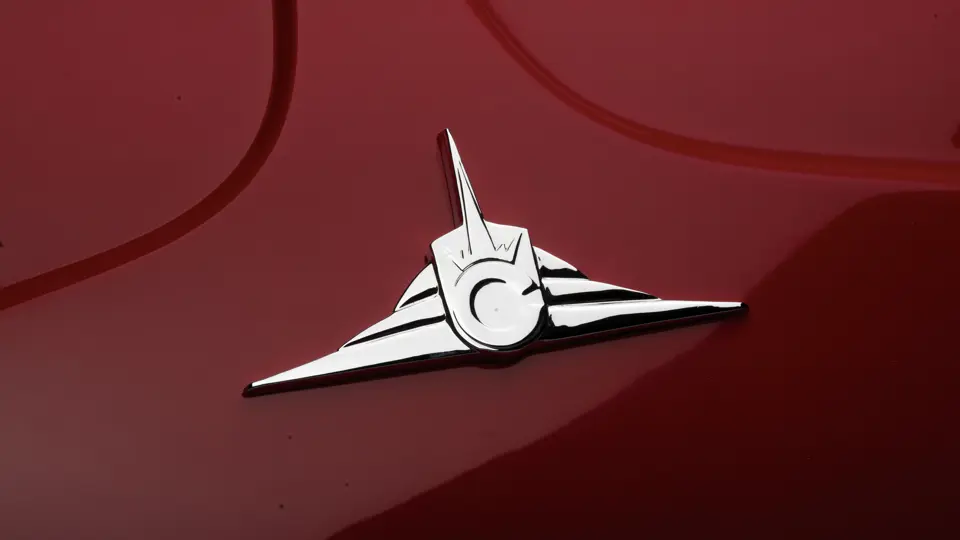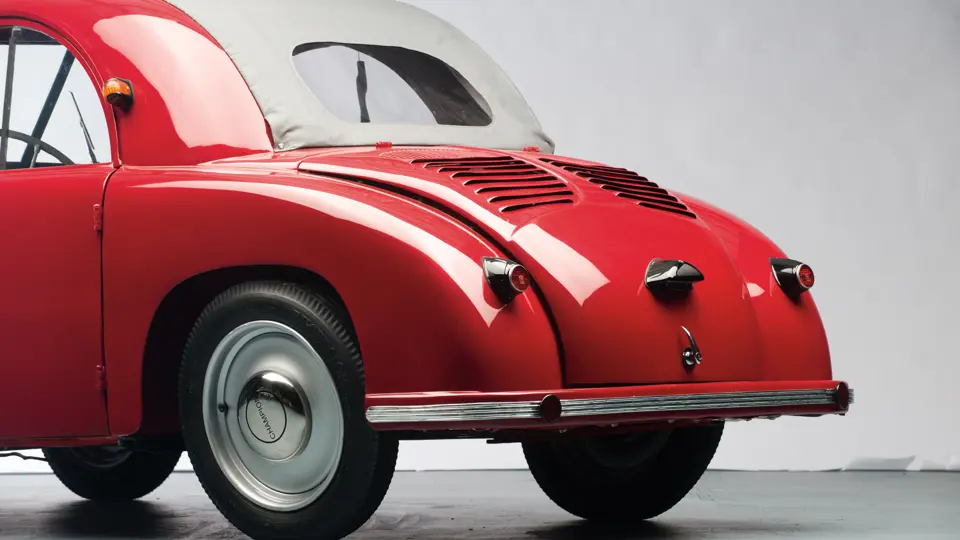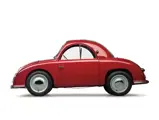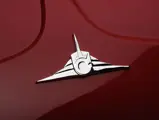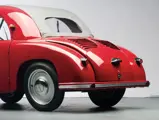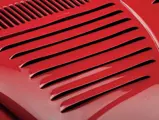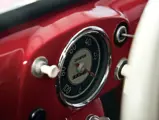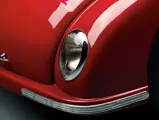SPECIFICATIONS
Manufacturer: Reinische Automobilfabrik, Hennhofer & Co.
Origin: Ludwigshafen, Germany
Production: 1,969
Motor: Heinkel 2-cyl, 2-stroke
Displacement: 396 cc
Power: 15 hp
Length: 10 ft. 5 in.
Identification No. N/A
It was time to provide the Champion CH-250 Roadster with somewhat more substantial bodywork. Hermann Holbein sent two chassis to his partners at ZF in Ludwigshafen, who built an elegant roadster-style body with deep, rounded, curving fenders and a folding windshield. The luxury Champion was an impractical proposition though, as it was too heavy and too difficult to build. Another very interesting proposal was by the soon-to-be-famous French industrial designer Louis Lepoix. Produced at his home for over two months, it was a little, streamlined coupe with smooth lines and a single headlamp, but again, it was too heavy and too expensive. Holbein himself commissioned two coupes from both the Vischer and the Fries coachbuilders in Stuttgart. Both firms’ offerings were again too heavy, and Holbein gave up on rebuilding the old 250.
Meanwhile, a third prototype body had been built by Drauz in Heilbronn, according to Holbein’s old idea that a car could be economically produced from symmetrical pressings for front and rear fenders, as well as the doors. The result was a well-proportioned, pretty little coupe that was made even better by the semicircular side windows, which rotated down into their doors. Delighted with the result, he and ex-BMW Chief Engineer Karl Schäfer designed a chassis to go with the existing Drauz body. It would include a Triumph 400 motor and an up-to-date specification, including hydraulic brakes, rack-and-pinion steering, and rubber-in-torsion suspension.
After a successful show in Berlin in May 1950, an agreement was reached for the two car types to be built by the Benteler brothers. Assembly took place in a former airport in Mönkeloh. The supply of Triumph motors ended suddenly, but a two-cylinder ILO motor became available. The Bentelers were tubing-suppliers, so Holbein altered the chassis to suit. The Champion 400 was pricey, but it offered a steel body, a roll-back roof, and disappearing windows. But each car was losing money, and production stopped after 1,904 examples were built, to be replaced by refrigerators. A frustrated Holbein finally gave up as well.
The biggest Champion dealer in Germany, Hennhöfer in Ludwigshafen, had faith in the car however, and took over production with a new company, the R.A.F. By the time production began in April 1953, ILO had stopped building their motor, but a replacement was found in Heinkel’s 400-cubic centimeter twin. Once again, nearly 2,000 examples of the “H” model were built. This bright red example was restored by the museum, and it runs and drives well.




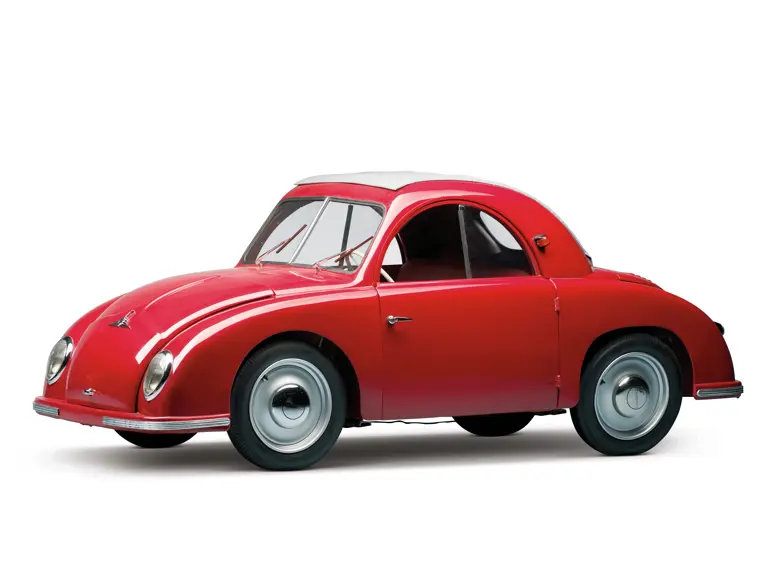

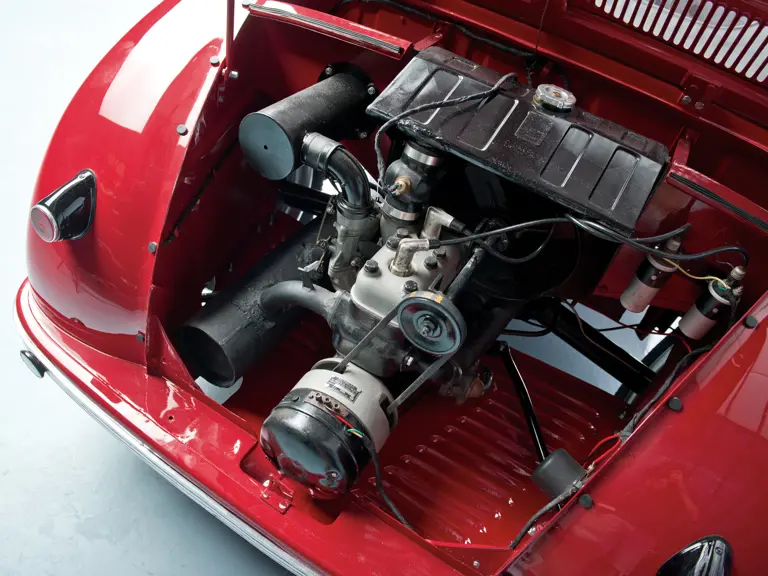
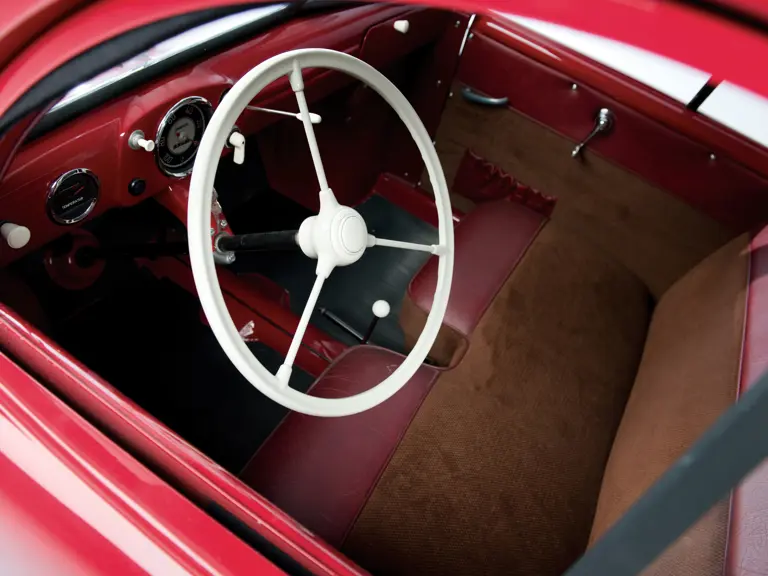
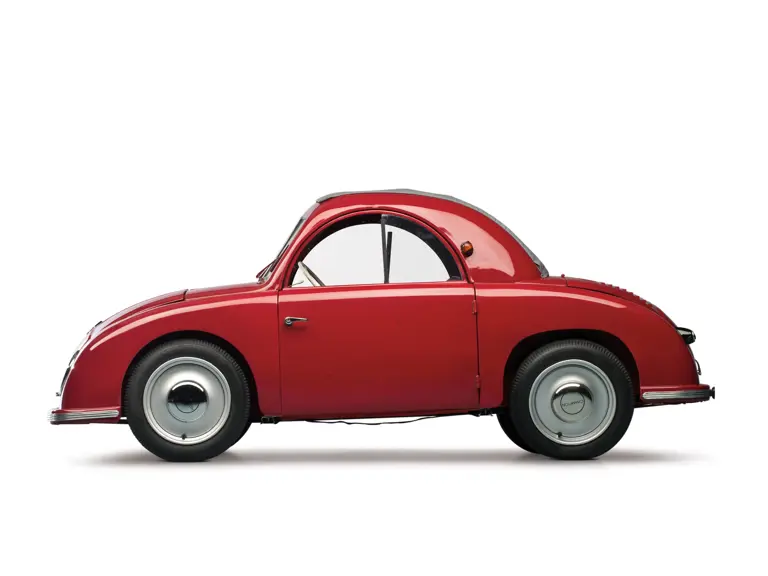
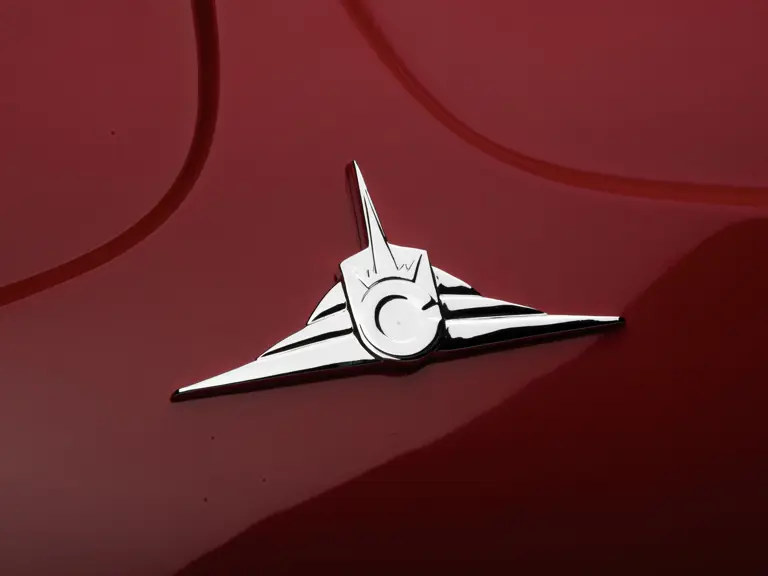
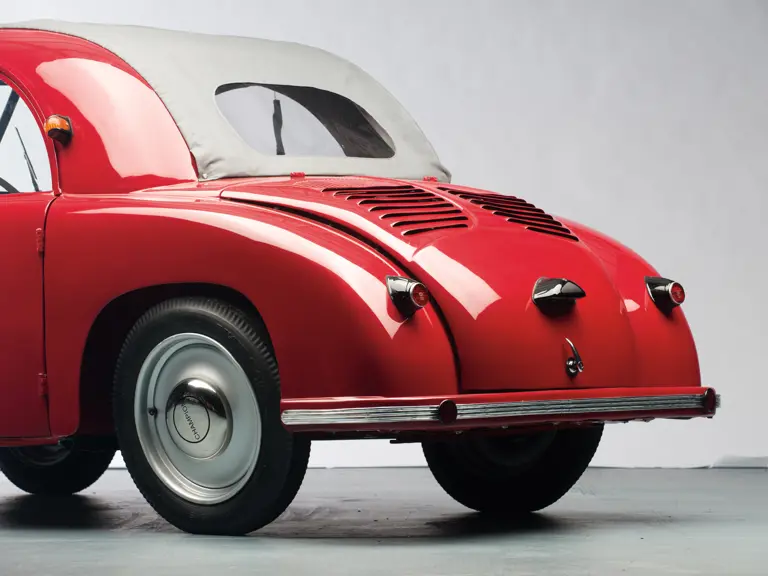
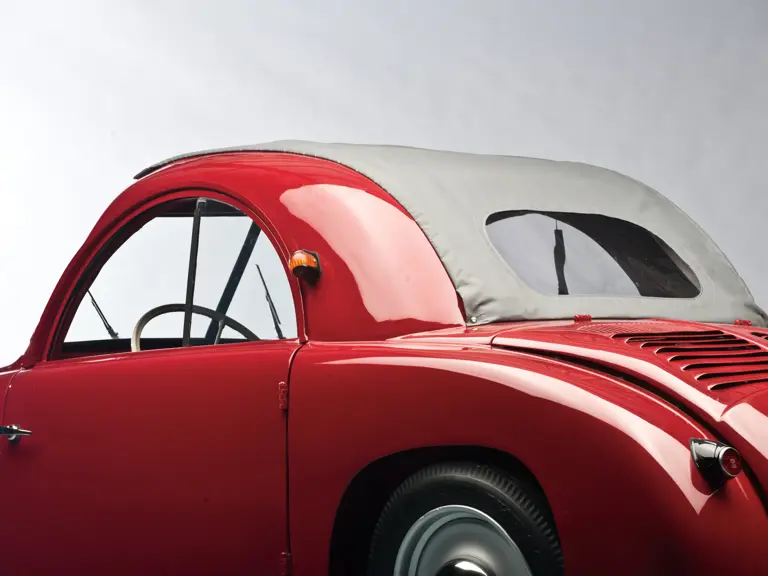
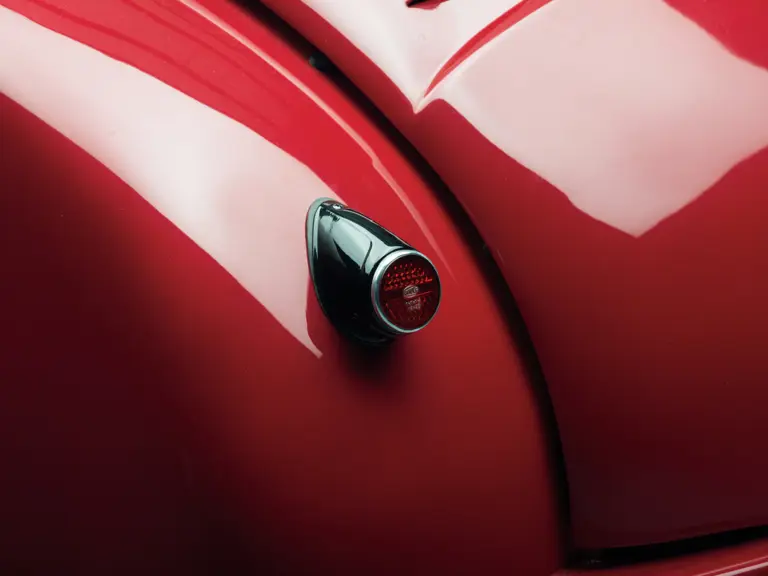
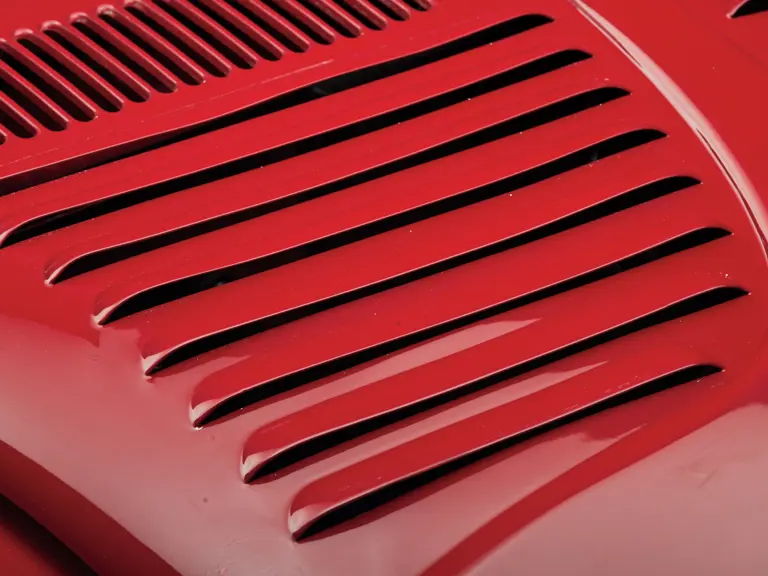

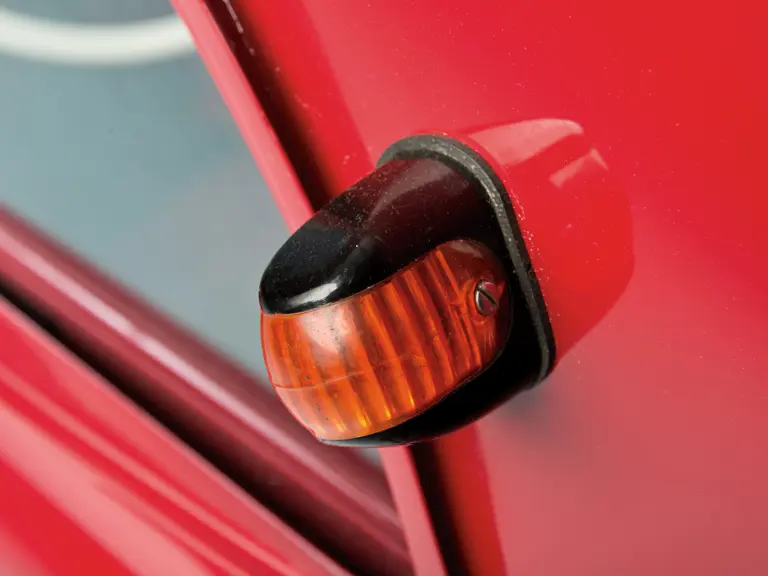
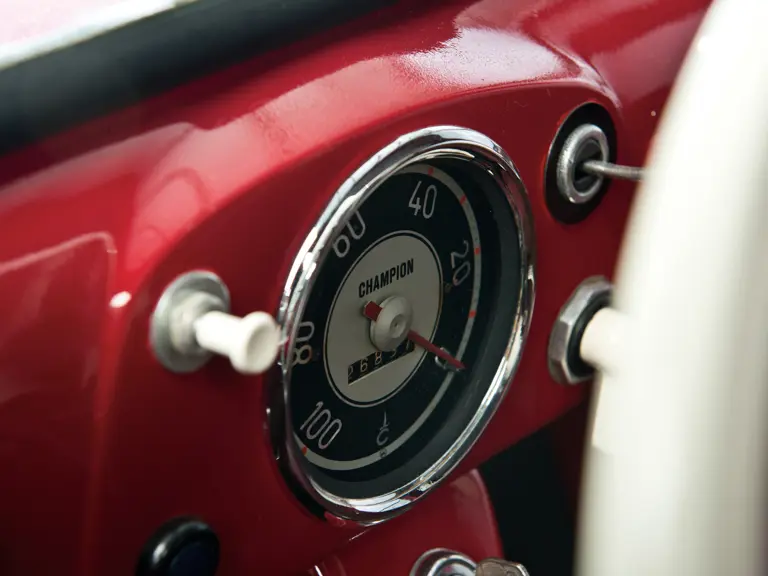

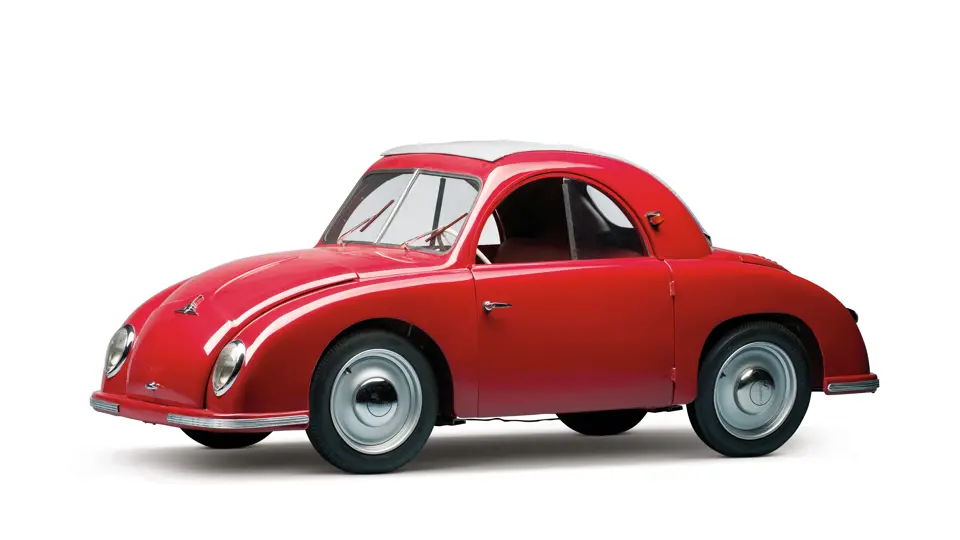
 | Madison, Georgia
| Madison, Georgia
